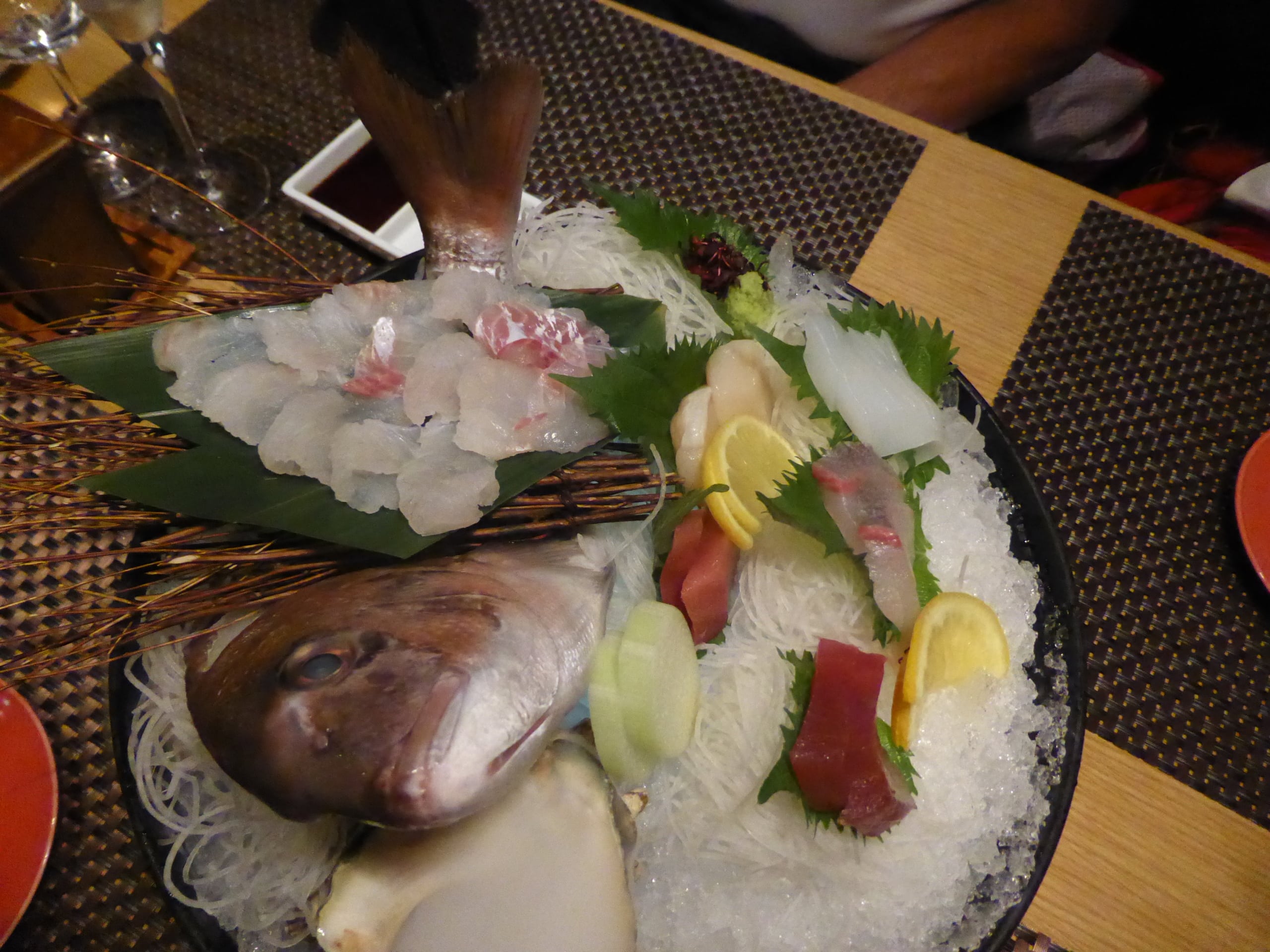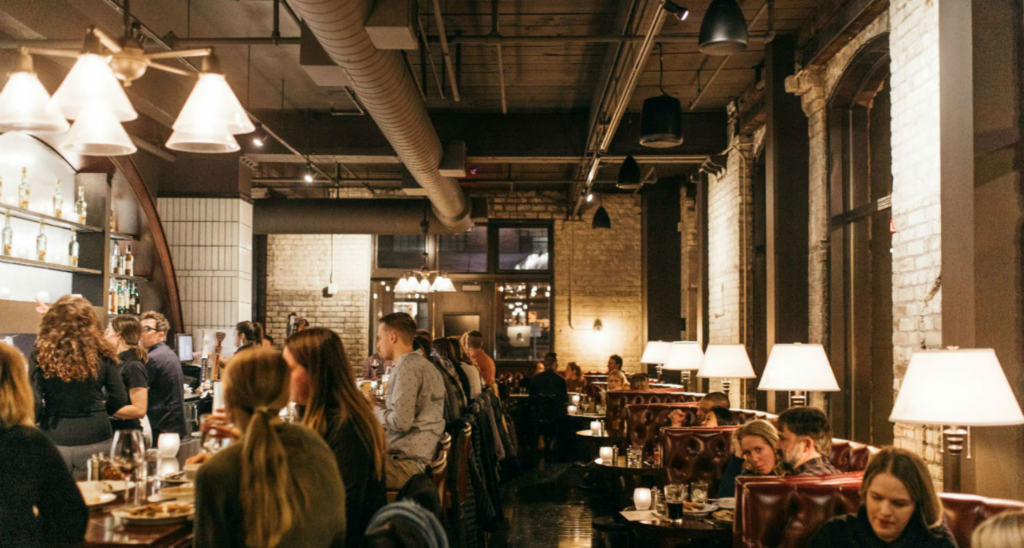November 5, 2016
Asia—especially southeast Asia—can be a tough place to travel to, even for a veteran traveler. The flights are insanely long, and the time difference could not be more difficult (10-13 hours, depending on location).
For us, Japan was a breeze. A direct flight to Tokyo, a car to the hotel, a brisk walk around Tokyo to wake up followed by the first dinner of truly the freshest fish in the world served with sake and wine, and you collapse for a great night sleep.
Tokyo is a must. If you can, don’t make Tokyo the only stop in Japan. The contrast of the insane city and the countryside provides a necessary balance.
A few notes about Tokyo:
Tokyo is so massive and overwhelming that you almost have to think of the neighborhoods as small cities. If you really want to feel inadequate, try making sense of the city’s subway map. Tokyo actually has some great guided half day bike tours that are a great orientation and at least give you a small sense of direction.
The Imperial Palace and gardens, as well as the major train stations (Tokyo Station and Shibuya Station), dominate the city orientation.
Select a hotel in the place that sounds most appealing to you—these are only a few of the neighborhoods:
Nihombashi/Marunouchi
This area has many names, and I lump them together because it makes sense in my disorderly brain. It’s east of the Imperial Palace (area known as Hibayu) and near Tokyo station. We think it’s the best part of the city to stay in; it’s a little quieter with some great hotel choices.
You can still walk to the Ginza neighborhood, which is known as the “wow” shopping district (among the many wow shopping districts).
Hotels:
- Mandarin Oriental (great restaurants on site)
- Peninsula
- Four Seasons
- Palace
- Shangri-La
- For a special treat, the Aman Tokyo
Shinjuku
Hip, happening, known for its nightlife, all about youth and shopping. And eating and drinking.
Hotels:
Roppongi
Central location, but the neighborhood seems to have been designed as a shopping mall. Actually, I think it was. It’s essentially a mega-complex of office, apartments, shops, restaurants, cafés, movie theatres, a museum, a hotel, a major TV studio, an outdoor amphitheater, and a few parks.
Hotels:
- Grand Hyatt: It’s a big, safe choice. Book a room with access to the club floor, and spend happy hours or breakfasts there taking in the views of Mount Fuji on a clear day.
- All of the known international chains seem to have hotels in this area as well.
Shinagawa
We’ve never found a hotel in this neighborhood. This is the place in Tokyo where it feels like people actually live.
Shibuya
Major youth, nightlife and….you guessed it: shopping.
Hotels:
- Cerulean Tower: Considered a more traditional Japanese hotel, with Western comforts
Shiodome
This new urban development project south of the Ginza has the usual skyscrapers with offices and hotels, as well as the Caretta Shiodome shopping mall. This is where the Hama Rikyu Garden, one of Tokyo’s most famous gardens, is located.
Hotels:
- Conrad Hotel
- Park Hotel (not to be confused with Park Hyatt)
Harajuku
Filled with Japanese teens. Don’t stay anywhere near here.
Must-Do’s in Tokyo:
Eat at a ramen shop (either in Tokyo Station on or on the street). Most desirable are the ones with no English and just pictures (contrary to my tip from Rome about NOT eating at places with pictures).
Eat the konkatsu (breaded pork cutlet).
Sushi, sushi, and sushi. If you’ve never been to Japan, believe me, sushi will be a new experience—even if you eat it twice a week here in the U.S.
The Tsuijiki fish market is moving in the next year, but watching the tuna auctions at 5:00 a.m (people start lining up at 3:30) followed by beer and fresh sushi at 6:00 a.m. is a true treasure. Sushidai is the most popular sushi place in the market, but you can wait for hours. As an alternate, pick another with a line, but a decidedly smaller line.
Walk through the department store food shops. They’re called depachikaa and are found mostly in the basements. It’s a whole underground-mall experience throughout the area, and the shops have become destinations in themselves. The Shibuya and Ginzu shopping districts have the best. Takashimaya just has one, in a long line. They’re all different, and they’re all insane. The food displays alone, with everything from French pastry shops to Japanese food stands to major international brands, will keep you engaged for hours.
Walk through the Ginza, especially at night. There’s so much to see: the grand expense major international brands are putting into their street facing retail destinations. The textures, materials and signage, which are are great inspirations for design. It’s like a laser lightshow, with each store outdoing the last in color and light.
Then, go see the countryside of Japan.



